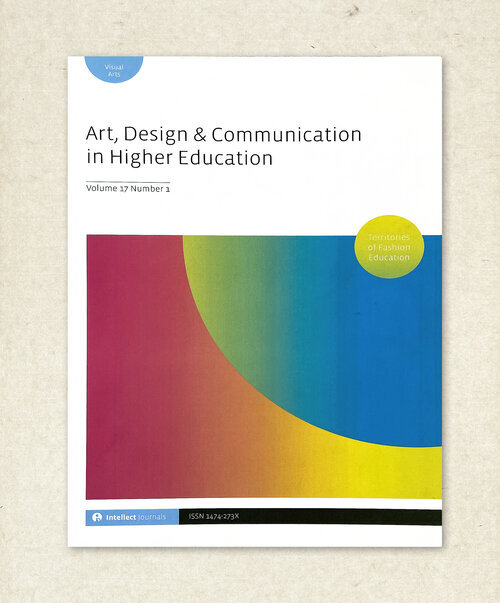Journals
Future of Fashion education in India - Focus and emerging scenarios
Soft Landing, 2018
The fashion and textile industry globally and in India is at a stage of extraordinary political, social, environmental, and economic change. The five key points proposed for fashion educators to consider are: an agile curriculum with more engaging teaching methodologies; integration of technology in the teaching and learning process; a focus on environment and issues related to sustainability; an implementation of online education, and connection with industry for academic requirements along with training and retention of faculty.
New Directions for Social Enterprises: The Role of Design in EmpowermenT
Scope, 2018
Social entrepreneurship has played an important role in the development and livelihood of people in different parts of India. This article proposes that collaborative innovation between designers and social enterprises can become a means of empowerment. In 1988 Sadhna, a social enterprise was conceived with the aim of providing rural and urban slum and tribal women from Udaipur with alternatives for income generation and empowerment. The reflections and analysis offered here suggest ways of making design interventions economically viable, socially equitable, culturally sensitive and environmentally responsible.
DESIGN PRACTICE AND CRAFTSMANSHIP: REIMAGINING THE CRAFT SECTOR IN INDIA
Art, Design & Communication in Higher Education, 2018
Co-Authored with Jaspal Kalra
Design practice in the craft sector of India, has witnessed a paradigm shift in the last decade. There have been an increasing number of attempts to include the rural craftsperson in the creative process. The approach for craft innovation in India during colonial rule and later after independence, has been a model where a designer, institution or organisation provides design services to the craft sector through trained professionals.
Strategic approaches to the introduction of design to the Indian craftsperson are analysed in a comparative analysis of the challenges and advantages of different methods. This helps to understand empowerment of the craftsperson through enhanced earnings, livelihood, and social status.
Trends in Embroidery
Marg, 2014
Embroideries from India are a leading aspect of its contemporary fashion and textile culture. Whether used in bridal wear by popular Indian fashion labels and as fabric decoration for international design brands and couture houses, or promoted as part of the socio-economic developmental agendas of not-for-profit interventions in craft clusters, embroideries draw from the myriad surface embellishment traditions that have evolved historically in different regions of the country.
Compellingly new series of design and material directions have also emerged from the machine-made sector, that employ some amount of human creative labour. Such inventive approaches and collaborations between the hand-made and the machine-made can extend India’s creative cultures of textiles to cutting-edge techniques and trends.
Interview with Sabyasachi Mukherjee
Fashion Practice, 2011
The conversation with designer Sabyasachi Mukherjee examines the philosophy of his brand - ‘Sabyasachi’. It attempts to decode the complex relationship between tradition and fashion. The role of Indian textile tradition and the value concious Indian consumer are also discussed here. Sabyasachi says, “I'll conclude by saying that if we have the right creative ego to build a bridge between tradition and innovation, we can hope to build something of permanence for the future generation.”




